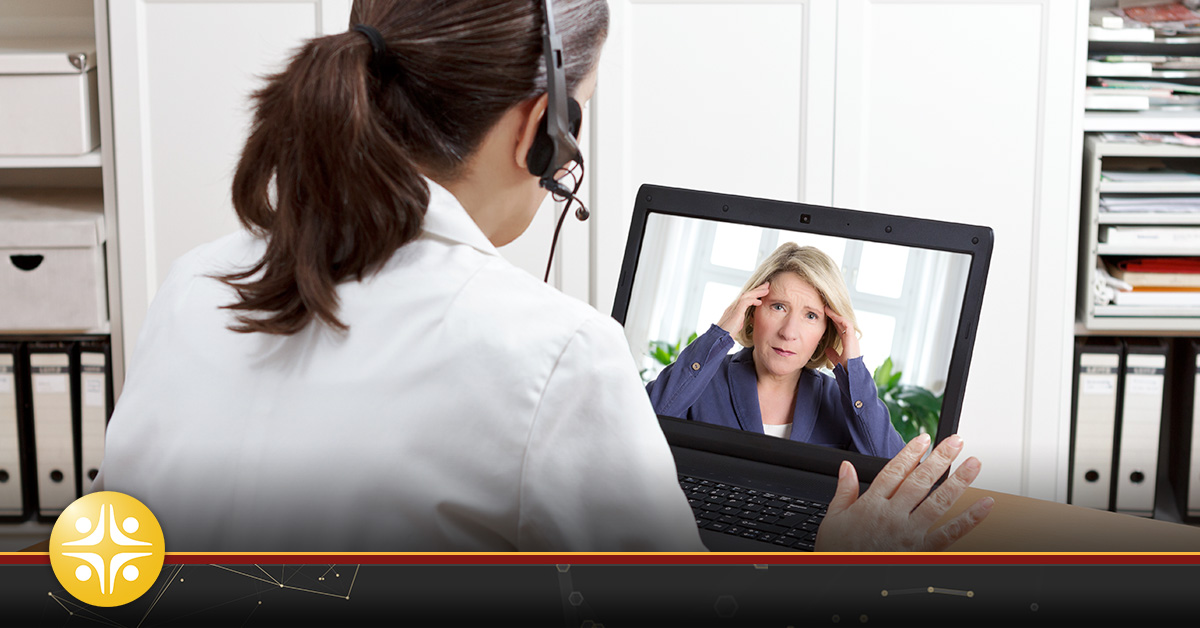6 Ways Telehealth Will Change Healthcare
Dawn Pascale

The Telehealth revolution has begun. Very simply, it is the delivery of clinical diagnosis, consultation, education, and the treatment and monitoring of patients remotely through the use of modern technologies such as computers, wireless devices, interactive video, digital imaging, and health care monitoring devices. With the evolution of information technology and telecommunications, Telehealth is both affordable and feasible and is changing the fundamental ways of how patients interact with health care providers.
Telehealth is being recognized as a tool that holds the promise to provide better quality healthcare in the following ways:
Telehealth increases efficiency
With the implementation of the Patient Protection and Affordable Care Act (PPACA), physicians and health systems are under pressure to see more patients than ever before. According to an article published by the American Association of Family Physicians (AAFP), “physicians can consult with more patients, and patients can meet with their physicians in a shorter time period” using Telehealth technologies.
Telehealth promises improved outcomes
More than 2,000 studies have looked at the effectiveness of Telehealth and the results are encouraging. “The vast majority show just how valuable remote healthcare can be,” says GlobalMed, a leading healthcare technology solution provider. Some studies have reported an 83 percent drop in hospital readmissions, 66 percent decrease in home nursing visits and an early diagnosis can reduce trips to the ER. Patients with Telehealth supported ICU’s have substantially reduced mortality rates, reduced complications, and reduced hospital stays.
Telehealth supports consumer convenience and patient satisfaction
The Centers for Medicare and Medicaid Services (CMS) has simplified the rules surrounding reimbursement for Telehealth from both public and private payers, especially in rural Health Professional Shortage Areas (HPSA). With Telehealth becoming more attractive for providers in underserved areas, more people have access to quality healthcare. Not only are patients able to remain at home where they can receive the support of their families, the money they would have otherwise spent traveling for healthcare stays in their communities. Patients also have greater access to experts, information and second opinions.
Telehealth eases the physician and psychiatrist deficiency
Telehealth can fill the need for critical health care services in a variety of specialties. Acute respiratory illness and skin problems are two of the most common conditions for which patients seek Telehealth. Also, with a nationwide shortage of psychiatrists, Telepsychiatry (the application of Telehealth) expands access to needed behavioral services and reduces emergency department demand. According to an article published by Positive Psychology, “finding adequate access to psychiatric care is a big problem all across the world” and Telepsychiatry helps over come the barriers of economics, geography and stigma.
The list of possible uses for Telehealth continues to grow, and patient demand is expected to increase.
Telehealth boosts tangible financial benefits
“The cost benefits of Telehealth can’t be ignored either,” says Waco Hoover, CEO of the Institute for Health Technology Transformation in New York. In an article for Becker’s Hospital Review, Hoover noted that insurers are beginning to reduce fees by factoring out traditional office costs. He notes, “[Telehealth] clinics will also reduce time out of office costs for employees and employers by eliminating the need to leave work to go to a primary care office.” Not only does Telehealth save money, it also promises big returns for the health systems that embrace it. The worldwide Telehealth market is expected to crack $27 billion in 2016, according to a report by BCC Research, and market research giant International Data Corporation (IDC) says that by 2018, 65 percent of consumer’s interactions with healthcare systems will be conducted via mobile devices.
Telehealth strengthens educational opportunities
There is a real case to be made for advancing education for all care specialists with Telehealth. Eliminating travel costs increases the amount of education a healthcare organization can afford. As far as education is concerned, there is a big difference between watching recorded instruction and actually being able to interact with an instructor live while a course is being conducted. There is a Baylor school of medicine study that indicated that people take away over 600% more knowledge when they are face to face versus voice alone. Imagine the difference if you can both see and interact with the instructor.
Undoubtedly, Telehealth is an intrinsic part of the future and a driving force for addressing current challenges in the health care landscape. When we look back ten years from now we’ll see Telehealth profoundly changed the way healthcare is delivered and valued.
